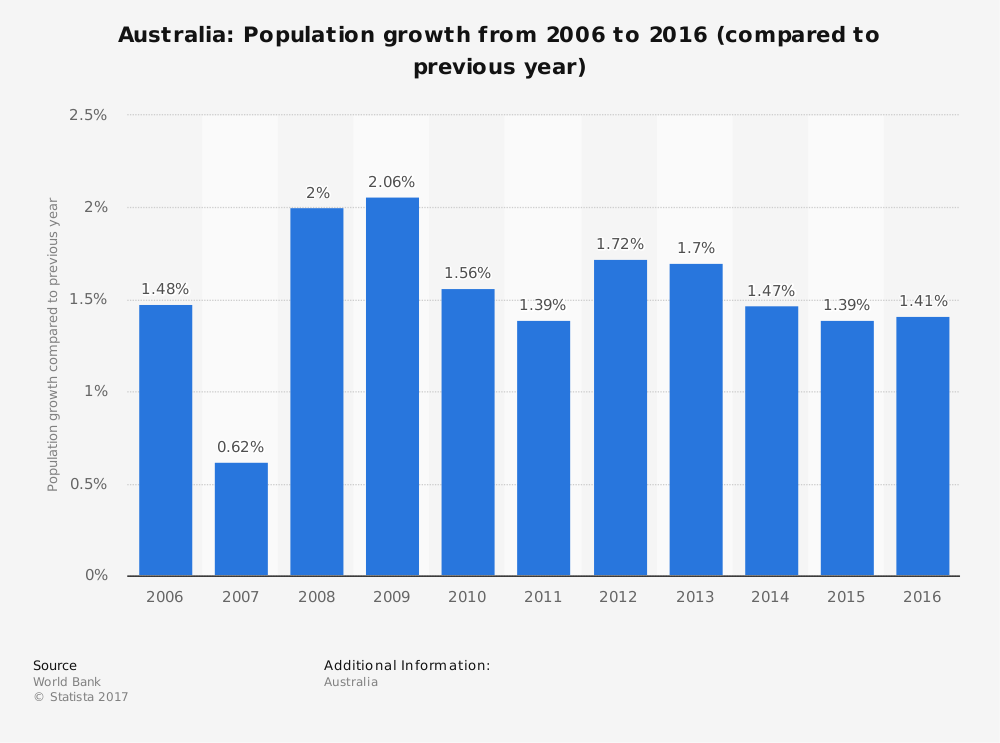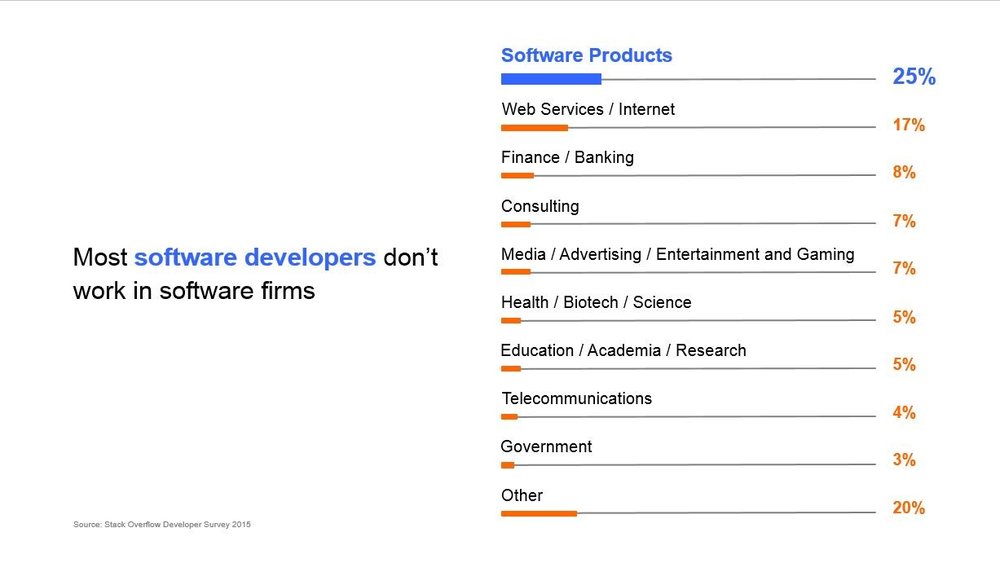The Impact of RPA on the Changing Global Labour Market
Blog: Cigen
For better understanding the impact of RPA on the future of global economics, one should start by acknowledging the drastic demographic changes we are about to experience and their economic effects.
The “demographic earthquake”
A report published by the United States Census Bureau in March 2016 (He, Goodkind, & Kowal, International Population Reports, P95/16-1, An Aging World: 2015) makes it very clear that the world population is ageing. Life expectancy has had a spectacular growth after World War II, so this is not what’s new in the story. The novelty regarding the bad news of an ageing population arises from the sharpening inequality between the number of newborns and that of people older than 65. Less and less infants are born, while more and more people live over the age of 80.
From 2020 onwards people over 65 will outnumber children under 5. This doesn’t seem to be an outlier phenomenon at all, rather the beginning of a new demographic trend. By 2050 the percentage of people 65 and over will be more than twice the percentage of young children, this is, 15.6% compared to 7.2%. So, it’s not just that each and every one of us gets older, we are collectively growing older.
Zoom in on Australia
The sharpest disequilibrium between the young and the old is in wealthy countries, where life expectancy is highest.
According to the abovementioned report, Australia ranked 6th worldwide in 2015 with respect to life expectancy at birth for both sexes (82.2 in 2015, expected to reach 84.2 in 2050). It is also among the countries with the highest life expectancy at age 65 - around 20 years for both sexes. Moreover, according to a World Bank study, the median age of the population has been on constant rise since the 70s; from 2035 it is expected to be over 40. This means that there will be more and more elderly people around. How is their situation expected to evolve?

Source: Statista
Currently, 14.5% of Australians over 65 (both sexes) receive long-term care. This percentage is higher than that of people over 65 who form an active part of the labour force (16.8% of the men, and 7.8%). At the same time, Australia is among the 5 OECD members whose poverty rates for older population exceeds 20% (more precisely, Australian poverty rate for people over 65 was 36%).
The global alarm signal applies equally well to Australia. What are we to make of this? What implications does the trend have? And what potential solutions are out there?
Economic effects of the demographic change
The ageing population is going to shift the global economic balance. It is likely to have a negative impact on the global economy, primarily because of the sharp decrease in labour force and of the rise in age-related government expenditure. If the population gets older will they still be able to work? Due to biological reasons, probably not for too long. Consequently, as labour force shrinks due to actually less demand for work, economic growth will probably be slower.
Szu Ping Chan, a business reporter for The Telegraph, synthesizes the core of the long term economical issue by saying that “The bloc will move from having four working-age people to pay for every pensioner to about two within 50 years”. Chan warns that “without change, countries may find themselves sleepwalking into a new reality of permanently lower growth and higher debt”.
The prospects of future demographic development and its economic implications call for action. The problem amounts to finding answers to two interrelated questions:
Who will work?
Who will care for the elderly when they are not able to work anymore?
Scientific and technological advances in the field of robotics may provide an answer to both questions.
RPA supports adaptation to change
Chris Gayner, director of labs at Symphony Ventures, calls the demographic challenge that we are facing “a time bomb”. He says that “automation will play a critical role in helping national economies and businesses seamlessly manage the phasing out of the exiting (ageing) workforce while new entrants gain the necessary experience and insights to decide how and why things should be done going forward”. Hence robotic process automation is a likely candidate to support and assist our entrenchment to the changes that follow the demographic shift.
Why does RPA offer such a feasible perspective?
Business Insider Australia makes the point that “technology is changing the face of the global jobs market”, and this is the roughest way of answering the above question. Most software engineers do not work in software companies, rather, they are spread across fields like web service, finance and banking, media and advertising, etc. Engineers are but one example of people doing highly skilled work. And they will be more and more needed in the technological world that we are living.
Robotic process automation enables these skilled workers to deal with the complex issues that their minds can handle. The simpler, routine-based kind of work can be cheaper and easier dealt with by robots or software products. This is how RPA contributes to transforming the jobs available on the labour market.
This means that the cliché fear of robots stealing our jobs is ill-founded. On the contrary, what robots can do is allow our high cognitive capacities to deal with intricate exciting tasks, to engage in jobs that require flexible thought. With the help of automation, companies can make better use of their employees’ resources, e.g., by directing them to embrace non-routine jobs.

Source: Stack Overflow
Many analysts suggest that RPA be considered a top measure to prevent not only the decreasing workforce but also other related problems, such as poor job quality and vulnerable employment. For instance, the thematic report Employment and the changing labour market from 2015 quotes EU-OSHA (2011) stating that the impact of RPA on workforce health and safety in the workplace is likely to be significant.
This is because the new labour market will require less manual and routine jobs. According to Talwar and Hancock (2010), highly qualified and skilled human employees will thereby be better able to focus on high-profile emerging jobs. Relatedly, there are quite high expectations that the advancements in robotics will allow automatized processes to take over menial jobs at least partly, not too far in the future.
RPA can boost development in emerging markets
It is easy to be misled into believing that RPA is a feasible solution to the changes in the labour market only in well-developed economies. But this will not always be the case. Automation can offer reduced labour costs, which is a much needed commodity in developing countries where the costs have increased lately as a consequence of labour shortage.
At the same time, the expenses involved in implementing and maintaining RPA have sharply diminished. Use of RPA can also increase transaction efficacy, furnishing a boost in companies’ operational capabilities. Consequently, developing economies are likely to be more competitive, closer to the standards of developed ones.
Conclusion
To conclude, we once again turn to Chris Gayner’s words. He argues that “to maintain our way of life, the way we define jobs / work, and to continually push human progression forward, we WILL need to constantly evolve the way we work with technology. Automation (RPA, Cognitive Systems and AI) is one of the very interesting technologies that will help us along the way.”
The impact of RPA on the labour market, expected to suffer dramatic changes due to demographic shift, is a much needed solution. The main reason is that it can compensate for the high number of people who are leaving the employment market through retirement. More, the development of robotics is likely to contribute to the related problem of providing care for the elder. All in all, robotic process automation seems to be a necessary piece in the puzzle of novel demographic and economic trends.
